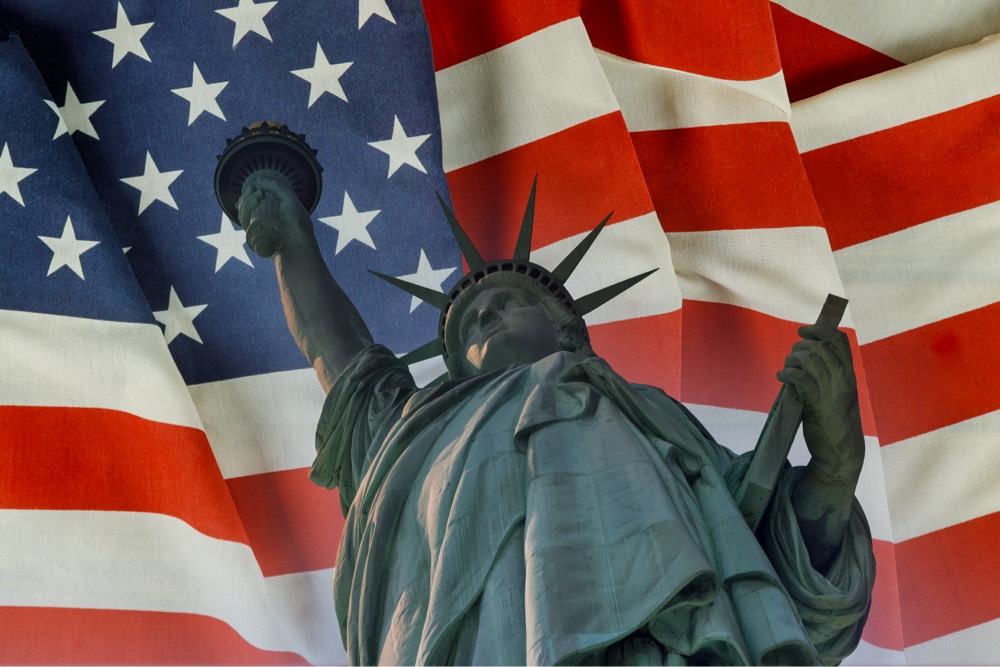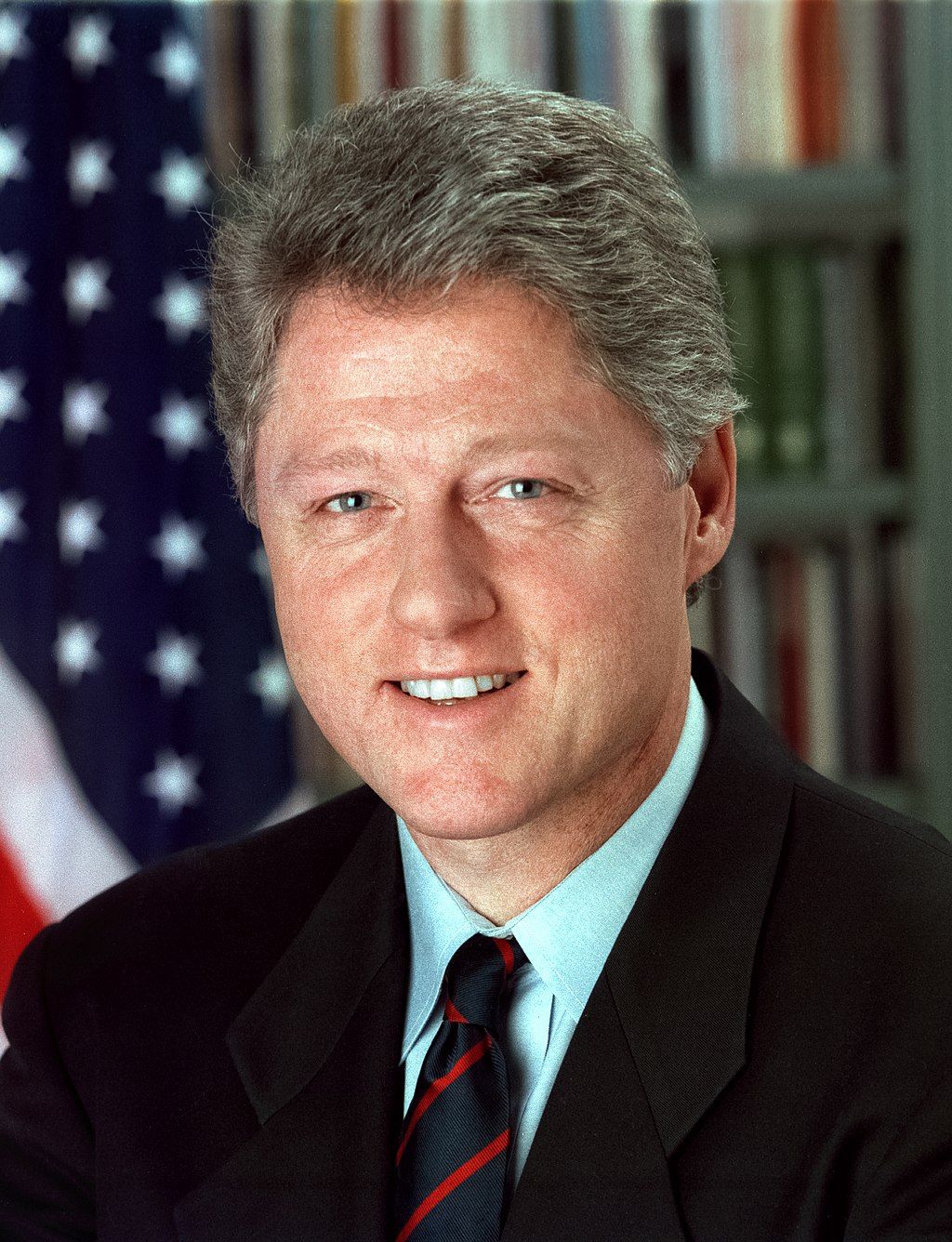*Published with the generous permission of Teri Kanefield. Read all of her writing here.
By Teri Kanefield
Dannagal Goldthwaite Young, a Professor of Communication and Political Scientist, explains how the current media environment makes large swaths of people (including those who consider themselves political moderates, liberals, center-left, pro-democracy upholders of rule of law) prone to believing things that are not true.

Instead of using terms like misinformation, disinformation, or lies, Young talks about conspiracy theories. Here is the definition she offers of a conspiracy theory:
Conspiracy theories are allegations that remain unsubstantiated. They attempt to explain the ultimate causes of significant social and political events and circumstances with claims of secret plots by two or more powerful actors. They also assume that powerful people operating in the shadows are bad actors deliberately keeping the public in the dark. (p. 42.)
Notice that a conspiracy theory doesn’t have to be unhinged. It doesn’t have to involve presidents returning from the dead or microchips planted in vaccines. It simply needs to assign blame for a confusing situation.
How We Got Here
Prof. Young also explains how (and why) mass media became a vehicle for spreading conspiracy theories.
From the 1940s until the 1980s, there were only a handful of mass-market media outlets. Therefore, according to Young, “media producers sought to appeal to as wide a swath of the American public as possible, typically by offering viewers what NBC vice president Paul Klein called ‘the least objectionable programming.” This made mass market news a poor vehicle for spreading conspiracy theories.
The news was not thrilling or entertaining. I was a child when Walter Cronkite was telling audiences about Nixon. I remember thinking he was boring. All he did was read a bunch of facts.
He didn’t try to be entertaining. Had he been entertaining it would have taken away from his credibility. The sets were also boring. There were no flashy backdrops or women looking like fashion models. I also recall that people got their news once or twice daily–an evening or morning newspaper, and the evening news. They tuned into the evening news or read their morning paper, knew what was going on, thought about it, and went about their day.
Then, beginning in the 1980s and accelerating in the 1990s, mass media began fragmenting. Networks created different content for different people, which contributed to the increasing polarization and distrust. Fox News, MSNBC, and Comedy Central—networks targeted to arguments with specific identities and beliefs—were all created in 1996, during this time of fracturing.
According to Young, people find content more ‘interesting and informative’ when it confirms their existing beliefs. She says this:
This fragmentation of the media landscape not only allowed politically interested partisans to seek out content they found interesting and informative but also allowed a whole lot of people to tune out from politics altogether. Political scientist Markus Prior has demonstrated that the fracturing of our media landscape through cable and the internet allowed politically disinterested Americans to avoid consuming any political news. Instead, these less interested folks fled explicitly political content for entertainment and sports, leaving “news” and “public affairs” to the most partisan among us.” (P. 175)
When news becomes entertainment, facts stop mattering
The fragmenting of mainstream media upended how networks could make a profit. In the old days, the networks, which had large audiences, could count on a steady stream of advertising dollars. Now networks and news outlets are competing to attract and hold viewers, so they work on serving content that will please their viewers.
Young quotes Michael Deaver, President Reagan’s media advisor, who orchestrated countless positive press cycles for the president. Deaver said that he and his team understood that the business of television news in the 1980s was not journalism but entertainment.
Young mentions this 2022 New York Times piece on what Fox calls their “minute-by-minutes rating data,” which is the real-time audience ebb and flow. Basically, Tucker Carlson, who hosted the nightly political talk show Tucker Carlson Tonight on Fox News from 2016 to 2023, adjusted what he said to get the most reaction from his audience. Whatever was most outrageous and gripping, Carlson amplified.
In other words, Carlson doesn’t shape the views of his audience. He mirrors back their views.
This creates a feedback loop: People who are highly engaged settle into groups with others who are also highly engaged, creating partisan echo chambers. People in these echo chambers continually have their views reinforced, which strengthens those views, thereby prompting the media producers to mirror this and put forward even more extreme content.
Notice how partisan echo chambers create the conditions for #4 on Young’s process for accepting conspiracy theories:
Young talks about what she calls the “Partisan Pundit”:
The phenomenon of the “partisan pundit” is a useful television (especially cable) news routine that embraces the conflict frame while offering emotionally evocative performances of partisan identity. Pundits are talking heads who appear on the news not to “report” news but to talk about the news.
Cable news programs frequently assemble panels of pundits (for example, journalists, experts, and partisan commentators) who argue about the topic, tie that topic to broad themes in the culture war, and typically do so with the “in your face” interpersonal conflict style that increases viewer engagement while also increasing viewers’ hostility toward the other side.
Prof. Young, in her book, quoted the late Neil Postman, who said, “When a television show is in process, it is very nearly impermissible to say, ‘Let me think about that’ or ‘I don’t know.” She also tells us that partisan pundits are the source of much inaccurate information. Young quotes this statistic:
At the nonpartisan fact-checking organization Politifact, researchers fact-check statements made by pundits and on-air guests at the major cable networks. A 2015 report showed that of the pundit claims they checked, almost 60 percent on Fox News were rated as mostly false or false. This was true of 44 percent of pundit claims at MSNBC and 20 percent of pundit claims on CNN.
Young describes the characteristics of TV pundits:
Intellectual humility is the extent to which people are open to the possibility that they might be wrong. Well, partisan pundit panels are characterized by performances of intellectual arrogance or “I am not listening because I just want to show I’m right.” Intellectual arrogance plays well on television, whereas intellectual humility does not. In fact, we rarely see intellectual humility modeled in our mediated political world. When we do, it’s from the occasional appearance of scientists—people trained to never prove things or remove themselves from doubt. They don’t speak in absolutes or forevers. They speak with caveats and conditions and often answer with “Time will tell” and “for now this seems to be the case.”
The nature of Partisan Pundits means that many of them peddle outrage. In fact, Young quotes Jeff Berry and Sarah Sobierag, who, in their book, The Outrage Industry, explain partisan programs like those on MSNBC and FOX News are chiefly in the business of producing “outrage programming.”
The goal is to sustain readership, and outrage does that. It hooks viewers. Telling people that they are in danger and at any moment the terrible thing will happen and our country will be destroyed also hooks viewers.
(Young makes clear that these tendencies are more pronounced on Fox and Newsmax, but they nonetheless exist on MSNBC and other mainstream outlets.)
If all of this sounds familiar to my longtime readers, it’s because I’ve often quoted Peter Arenella’s piece, “The Perils of TV Legal Punditry,” which appeared in the University of Chicago Legal Forum. Arenella is a law professor emeritus (UCLA Law), who was also one of the first TV legal pundits for ABC News.
Arenella also wrote this: (With his permission, I am quoting from something he is currently working on.)
Today’s pundits often act as appeasers instead of educators. They reflect back and reinforce the views of the audience, thereby entertaining their audiences instead of educating them, and thereby misleading them.
I worked for a major network in the 1990s. I started by commenting on high-profile Los Angeles criminal cases —Rodney King, McMartin, Menendez brothers, and OJ’s criminal/civil trials. I either attended these trials, or I closely observed them. The network wanted to expand my role by using me to comment on national high-profile criminal cases that I had not watched. These were cases where I could only rely on media accounts by lay journalists who did not understand the legal complexities involved. I took the work.
My reckoning came when impeachment charges were filed against President Clinton for lying about a sexual affair with one of his staff. A producer wanted me to debate Alan Dershowitz, my former teacher at Harvard Law School. He knew I believed the entire impeachment process against Clinton was a waste of time and resources. Initially, I refused. I pointed out that, as a professor of criminal law, my expertise was not in our impeachment history, which meant I would be commenting as a private citizen. My producer replied, “Peter, our demographics show that our viewers see you as “a more objective academic with no particular political interest in the outcome of this process.”
To my regret, I did that interview. That was when I realized I had fallen prey to the seductive power of being anointed a “national expert” on all legal issues. Embarrassed by my decision to do that interview, I quit my ABC consulting position and returned to my real passion: teaching and writing about important and troubling criminal law issues.
When I started working for ABC News, I naively believed that I could educate the viewing audience about complex criminal law issues. What I learned is that TV legal commentary usually legitimates whatever TV producers view as the current audience consensus about some high-profile case.
Instead of educating the public, far too much televised legal commentary simply serves as a mirror that reflects back to its particular audience what it already believes.
Now we are on a 24-hour news cycle. Cable news shows have hours to fill. Intellectual humility (“at this time, we don’t have much information”) will not fill hours of programming. News outlets need viewers so they need to provide content that will sustain readership. They therefore need pundits willing to speculate and put forward gripping theories.
The example of conspiracy theories that I will present in Section III concerns the DOJ investigation into the January 6 insurrection.
Much of the conspiratorial thinking that sprung up around the investigation among MSNBC / CNN viewers and the corresponding social media circles happened because most people don’t understand how the criminal justice system works.
Before I get to these theories, I need to offer a brief overview of why our criminal justice system has grown so complex.
American Criminal Justice Until Yesterday
Until the mid-19th century criminal justice in America was swift and crude. In a nutshell, a person could go swiftly from being accused of a crime to hanging from a tree.
In 18th-century America (as elsewhere) criminal punishments were often cruel, including things like hanging, branding, and whipping.
From Alexander Hamilton: The laws “partake of necessary severity . . .without exceptions.” Because there were no exceptions, justice could be meted out swiftly.
From the American Police Hall of Fame & Museum (edited and condensed):
Stocks and pillories were commonly set up in the town square. A major part of the punishment in stocks and pillories was to publically humiliate people who committed crimes. As the offender sat in the stocks, the townspeople would often pelt them with rotten food, dead animals, or stones while jeering, mocking, and ridiculing them.
While admittedly crude, throwing rotten tomatoes at someone in the stocks not long after the person committed a bad act probably gave victims an immediate feeling of vindication.
Our modern criminal justice system took form after the Civil War when white supremacists found a way around the 13th Amendment. The 13th Amendment prohibited forced labor except in the case of punishment for crimes after conviction. Their solution: Convict lots of Black men, put them in prison, and then put them in chain gangs.
It was super easy to put Black men in prison because states and local governments could pass whatever laws and criminal procedures they wanted. There were no limits on what police could do, so they often beat confessions out of innocent Black men.
Defendants were not given lawyers. If you couldn’t afford a lawyer, too bad. If the police wanted to stop and search you, they could. Juries were all white.
Criminal justice resembled a conveyor belt.
Then along came Charles Hamilton Houston, his protégé Thurgood Marshall, Pauli Murray, and others who took it as their task to reform criminal procedures to create more fairness.
They understood that the law fell more heavily on Black men. Their idea was not to even things up by making it easier to inflict punishment on white people. Their idea was to make it harder to inflict punishment on anyone. They embraced jurist William Blackstone’s idea that it was better to let ten guilty people escape than to let one innocent person suffer.
Their goal was to turn a conveyor belt into an obstacle course. The idea was that more procedures, regulations, and checkpoints meant less chance an innocent person would be punished.
As a result of literally decades of work, reformers succeeded in getting the Supreme Court to declare it unconstitutional to do things like beat confessions out of people, stop and search people without probable cause, and arrest people on a whim. Jurors can no longer be excluded on the basis of race, people without money are appointed lawyers, etc. (I know a bit about this because I wrote a biography of Thurgood Marshall):













